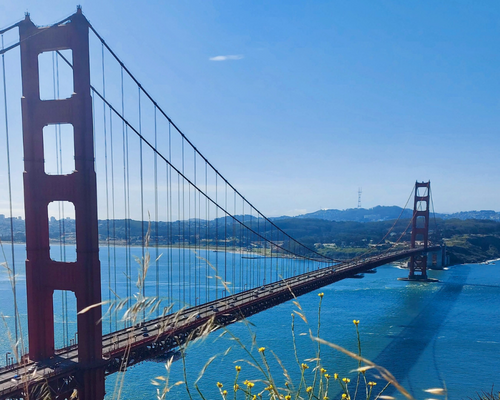
The Rise of the Golden State Is Told in the Storied Streets of San Francisco
San Francisco is our editor’s choice for best road-trip getaway for a number of reasons. It’s world-class in its museums, monuments, architecture, dining, its parks and its setting. Parents looking for an enrichment vacation to share with their fifth-grader, or a kids-free retreat to rekindle romance can find both in this multi-faceted jewel of a metropolis, situated in one of the most naturally gorgeous sections of the state. It’s the most European of American cities, yet it tells the story of the rise of California. San Francisco could never be mistaken for any place else. The red vermillion Golden Gate, one of the most iconic bridges in the world, connects The City to the headlands of coast redwoods at Muir Woods, the Golden Gate National Recreation Area, and to the world-renowned wine valleys of Sonoma and Napa, making for excellent day trips.
September through November is the best time to visit San Francisco, with the warmest temperatures, and the fewest crowds. The famous fog peaks June through August, which is what prompted Mark Twain to exclaim, “The coldest winter I ever spent was a summer in San Francisco.” With gas prices falling, make it a road trip, take at least four or five days for the journey and dedicate a day to dawdle up and a day to get back. Take the 101 rather than Interstate 5 for a more scenic route and overnight in the beautiful Central Coast on the way up.
History lives everywhere in San Francisco, from the Gold Rush to the Great Quake and Fire to the myriad cultural experiments and art movements. We’ve heard the word resilience a lot since the pandemic. San Francisco is a monument to resilience. It’s a survivor city on a biblical scale. In April of 1906, it was destroyed, shaken by a devastating 7.9 quake, immediately followed by a citywide fire that lasted several days. Over 80 percent of San Francisco was knocked down and burned down. More than 3,000 people died, the worst death toll of any natural disaster to hit California. An estimated 300,000 went homeless, out of the 410,000 population. The City, as its urban environs are known, quickly rebuilt. Its can-do character was secured, along with its reputation as a place where seekers of new beginnings are welcomed. A June 2022 survey found that among the 50 most populous cities, San Francisco was declared the friendliest for immigrants.
Related Stories:
- Memories and New Discoveries of The Central Coast, Cambria
- Chic to Chic For a Week in Cabo
- Liven Up Your Family’s Summer with the Many Family-Friendly Attractions at Mission Bay
The tapestry of San Francisco provides an indelible backdrop in films such as Hitchcock’s “Vertigo.” In fact, walking movie-location tours are offered for fans of “Vertigo,” so you can visit the places where Hitchcock filmed. Of the many other films shot here the list includes “Dirty Harry,” “Bullitt,” “Basic Instinct,” and of course the Harvey Milk biopic, “Milk.” Unlike OC or LA, sprawling car cultures whose neighborhoods are miles apart, San Francisco is densely built across steep hills in a relatively small area — 47 square miles. It’s a crazy-quilt of neighborhoods, tied together with head-spinning streets, like Lombard Street, the crookedest street in the world: one-block with eight hairpin turns. It’s a cioppino of Gold Rush history, the immigrant experience (Chinatown), the hippie movement (Haight-Ashbury), the Beat Movement (North Beach) and gay culture (Castro). As with any metropolis, there are hoods to avoid (more due to higher-than-average property crime than violence), like the Tenderloin, Mission, Bayview, Western Addition and Portrero Hill. We stayed at the extraordinary Fairmont Hotel on the top of Nob Hill, not only one of the safest areas, and the area where the finest hotels are situated, but also the most convenient jumping-off point for many of the places you’ll want to go.
Here’s where we went…
The Fairmont San Francisco
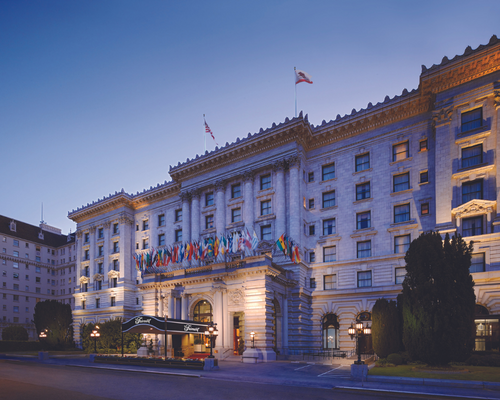
For our family, a suite at the historic and luxurious Fairmont hotel was the highlight of our tour of San Francisco. Its history is intertwined with the history of California. It’s hosted kings, rock stars and presidents. Some I spoke with (OK, he was the bellman) called the stately Italianate building a survivor of the 1906 disasters, but post-tragedy photos of that year show it in ruins, gutted and much of it in rubble. It was close to completion, then largely destroyed by the disasters, before it was rebuilt within a year, under the guidance of the brilliant architect Julia Morgan, of Hearst Castle fame. The Fairmont is listed on the US Register of Historic Places. Built of gray granite, cream marble and terra cotta stone, the main building is eight floors and the adjacent tower is 29 floors. Yet, this grand dame of The City feels taller than she is, as she stands on the crown of Nob Hill, and naturally the views from inside are inspirational. The front entrance looks like the United Nations, with flags from the world flying. Next to the front steps is an eight-foot tall statue of Tony Bennett, which was installed in 2016, on Tony Bennett Day, to celebrate the singer’s 90th birthday. Bennett, who also has a suite named after him on the 22nd floor, first serenaded guests at the Fairmont in 1961, in the Venetian Room, with “I Left My Heart in San Francisco,” and it became the anthem of the city.

Upon entering the lobby you feel transported to a European palace. The spacious suites are chic but easy on the eye, understated with natural lighting and muted tones. Beds have luxurious pillow tops. Of the nearly 600 rooms, there are 62 suites and 10 that offer private balconies. Ours was in the main building, a spacious (875 sq. ft.) corner suite with adjoining room — plenty of space to spread out — with two marble bathrooms. The view looked over California Street, past the neighboring Mark Hopkins Hotel and beyond. For families, Jr. Suites with a sitting area start at $442 a night.
While the Fairmont’s lobby, Venetian Room and suites bring out the dignified side of its guests, the hotel’s Tonga Room seems designed to bring out a zanier persona. It’s a tiki bar beyond all tiki bars. In the late ‘40s, when the original indoor pool in the space proved to be a dud, the Fairmont brought in MGM’s leading set designer, Mel Melvin, to transform the pool and its room into a Polynesian tropical storm experience, with piped-in rain, flashes of lightning and roars of thunder from concealed speakers, while a band plays on a floating thatched-roof barge that is pulled back-and-forth in the “lagoon” with a pulley system. The lobby and seating-floor decor was transformed to South Pacific chic by Dorothy Draper, a famous decorator. The million-dollar renovation opened in 1950 to rave reviews. On our night the band played while docked because one rum-fueled guest had jumped into the tiki lagoon and damaged the rope system. I’m sure it’s fixed by now, and we weren’t disappointed. It was campy fun.

Nob Hill Wine and Dine
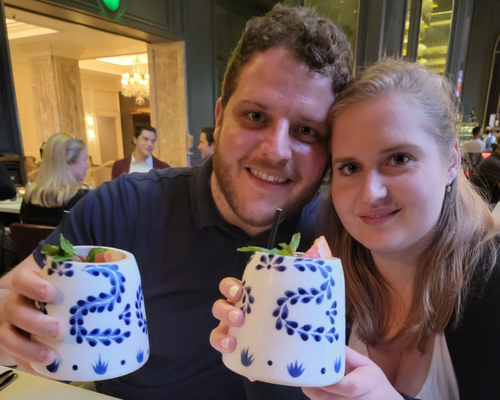

While the Tonga Room is unbeatable for umbrella-drink diversions, a cocktail at the Top of the Mark lounge at the Mark Hopkins Hotel across the street is a decades-old sunset tradition with a 360-degree view. If you are looking to pair your libation with ultra luxury, take a short walk to another Nob Hill hotel, The Ritz-Carlton. Widely considered the most luxurious hotel in The City, The Ritz-Carlton offers the finest in casual dining at The Lounge and Parallel 37, and the ultimate in hedonistic wine tasting at the JCB Tasting Lounge, a sumptuously appointed den of the grape where tasters sip from Baccarat crystal glasses. An indulgent pairing of Regiis Ova caviar is available. Our host, Diva, explained between pours that Tasting Lounge room was once the luggage room. We think this is a good change. JCB wines source grapes from Napa and Sonoma, and are designed by Jean-Charles Boisset.
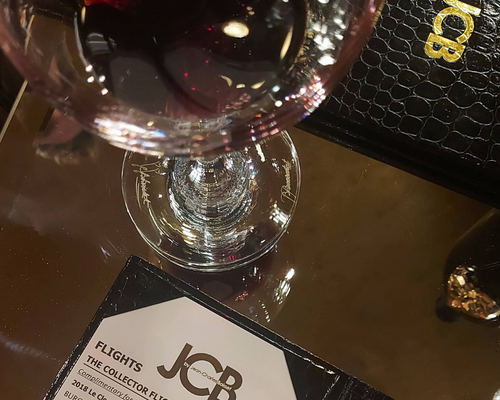
Cable Cars
One of the few opportunities in the US where you can ride on a historic landmark, the cable cars operate just as they did when first installed in 1873, pulled along by a cable running below street level, with stops relying on a strong brakeman who yanks hard on a long ratcheted lever. The speed is determined by the gripman, who applies the clamp to the moving cable to go, and releases it to stop power. The cacophony of brake-ratchet clicks and bell clanging, along with the clatter, creaks and groans of the wooden cars as they climb the steep hills all add to the thrill of the ride. The best place to position yourself for the sights while riding is standing, hanging on to a strap, or (best for kids) seated on the outside seats. That these beautiful contraptions survived and serve to this day is a story in itself, and their fractious history is told at the Cable Car Museum on Nob Hill. Free of charge and easy to find (both Powell-line cars stop at the museum), this is a working museum, where you can see the four lines of cable in motion, pulling the 28 cars across the city. The Fairmont sits at the intersection of two (of the three) cable car lines.
Chinatown
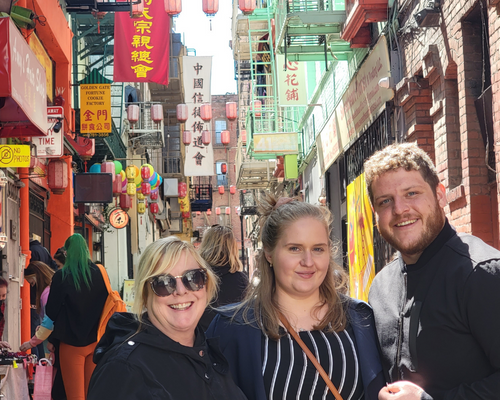
It’s a short walk to Chinatown from Nob Hill, and well worth it. Instagram-worthy shots are everywhere. The streets are filled with sculptures, colorful flags and paper lanterns. Boba spots, tea shops, dim sum restaurants abound, along with galleries and souvenir stores. We ducked in and out of many shops, but the most memorable place we visited was the Golden Gate Fortune Cookie Factory. We squeezed through the tight entrance sideways to get to where the action is, a cookie-making operation consisting of three women bent over conveyor belts, stuffing in the paper fortunes and bending flat dough into the familiar cookie tacos. This has been going on since 1962. Located down Ross Alley.
Alcatraz
A trippy remote spot on a 22-acre island with many stories behind it about the notorious who did time here, The Rock was once the most secure prison in the world, when it operated from 1934 to 1963. Inmates included Al Capone, Machine Gun Kelly and The Birdman of Alcatraz. Before it was a federal prison, it was also once a Civil War Fort and a military prison. A mile from Angel Island, and 1.25 miles from mainland San Francisco, the island seems inescapable even without the walls and bars of the prison. A getaway swim looks futile. Waves crash on its rocky shores and strong currents sweep past, but in 1962 one group of three men may have made it across to the mainland (the case was closed, but the men were never found) with a clever plan that included plaster dummy heads on their beds and a raft pieced together with 50 raincoats. Operated by the National Parks, tours of Alcatraz are self-guided, with an audio headset. This allows you to go at your own pace as you walk into the cells. The 15-minute ferry ride to and from the island adds a nice kid-fun bonus to the trip. Tours, including the ferry from Pier 33, start at $42.
Also Not to Miss…
FISHERMAN’S WHARF
The busy seafront district offers more family-fun attractions per square foot than anywhere in The City: bike rentals, bus tours, boat tours on the Blue and Gold Fleet, Madame Tussauds and more. And there’s more seafood here than you can shake a squid at, plus the Buena Vista Bar here offers the most famous Irish coffee in the world. www.fishermanswharf.org
Located on Fisherman’s Wharf, Pier 39 offers two levels of shopping and is home to the resident sea lions. Attractions include the San Francisco Carousel, a Mirror Maze, the Aquarium of the Bay, a bungee trampoline and music-making piano stairs.
This 1,017-acre area, located right in the heart of the city, is full of amazing attractions, like the California Academy of Sciences, an observation wheel called Skystar that soars 15 stories above the park, lakes for mini boating and playgrounds. The Japanese Tea Garden alone is worth the trip, but there are other gardens too, like the San Francisco Botanical Garden, and the Conservancy of Flowers.
Cross the Golden Gate Bridge to visit the Bay Area Discovery Museum (BADM), located on 7.5 acres of National Park land on the bay near Sausalito. The museum boasts hands-on, indoor/outdoor experiences for kids ages 6 months to 10 years. Lookout Cove is a 2.5-acre outdoor area with tide pools, gravel pits, fishing boats, shipwrecks, caves and spider web installations.
Written By Randall Tierney
Photography By Adéla Šrubařová

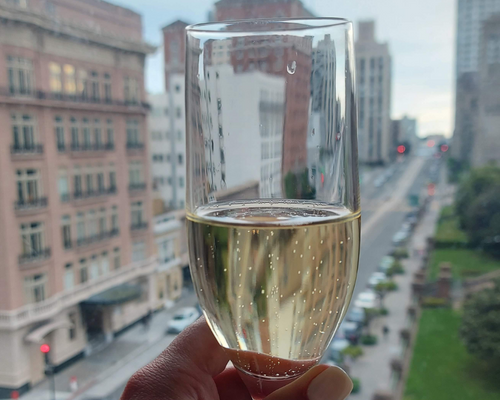
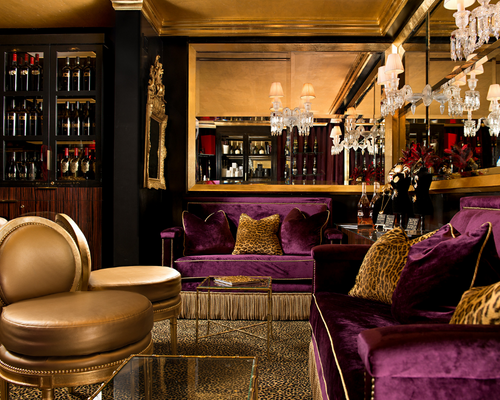
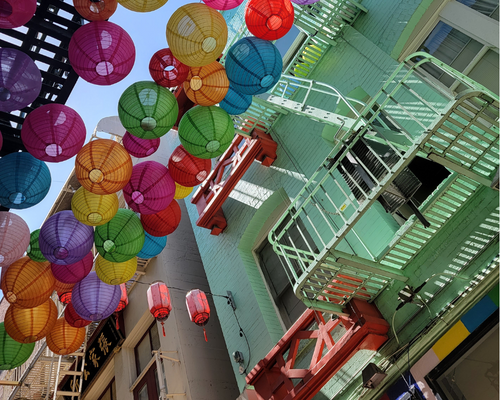
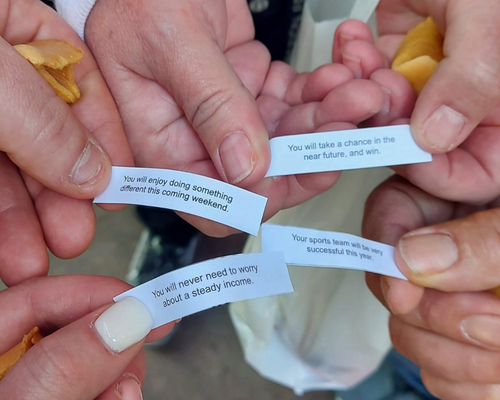

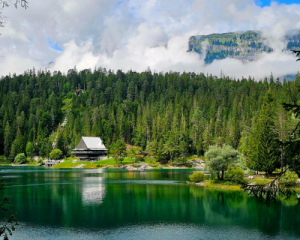

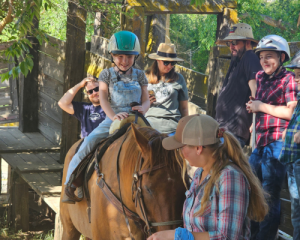
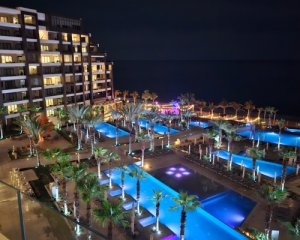



Leave a Reply